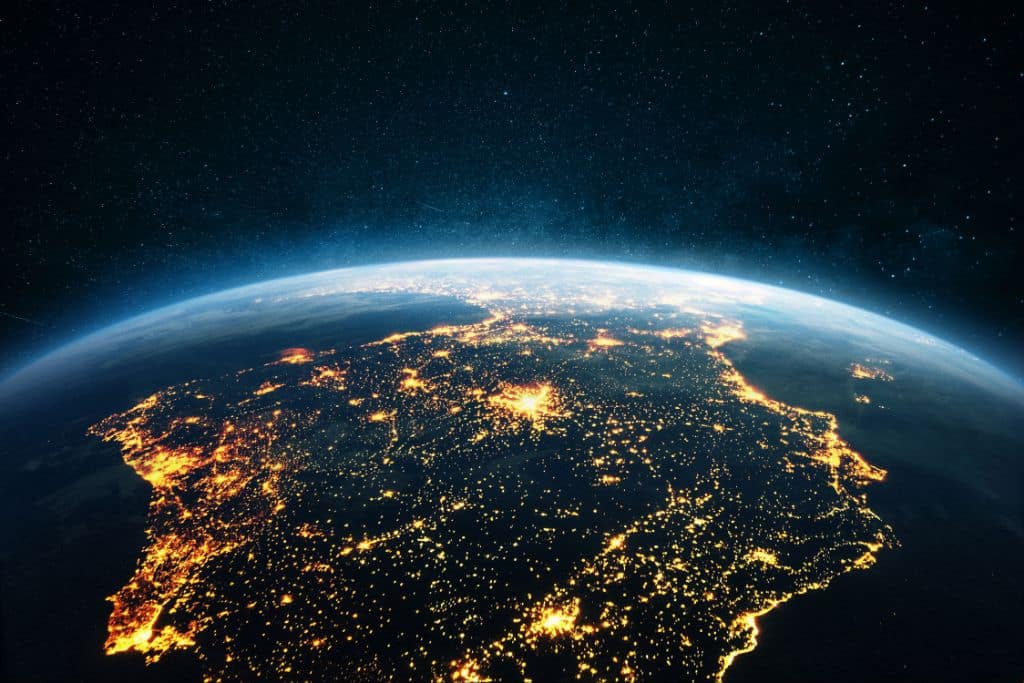Geologists divide time into different geological epochs, or eras, characterised by shifts in Earth’s state. The official current epoch is referred to as the Holocene, the epoch of relatively stable climatic conditions that began about 11,700 years ago, after the last major ice age. However, some scientists are of the opinion that the last century has seen the emergence of a new geological epoch: the Anthropocene. In this article, we take a look at what the Anthropocene is, when it may have begun, and why it might become the official geological epoch this year.
____
Humans have had a profound impact on planet Earth, like no other organism before us. Our use of land and emissions of greenhouse gases have caused the climate to change, driven species to extinction and now threaten the sustainability of the planet and the well-being of current and future generations.
The term Anthropocene describes exactly that. First coined in 2000 by chemist Paul Crutzen and biologist Eugene Stoermer, the word stems from the Greek words anthropo, meaning man or human, and cene, meaning new – new man. The Anthropocene is therefore the time period that is characterised by the significant influence of human activity on the planet’s climate and ecosystems. The impact on the Earth has led to the climate crisis, often referred to as anthropogenic climate change.
Who and What Determines the End and the Beginning of a Geological Epoch?
The determination of the beginning and end of a geological epoch is only official when approved by the International Commission on Stratigraphy (ICS). This approval requires a so-called “golden spike,” a place where the beginning and end of an epoch can be measured by changes in the Earth’s rock layers.
In 2009, the ICS established the Anthropocene Working Group (AWG), an interdisciplinary group of researchers and scientists who are now investigating to find the “golden spike” that will prove the end of the Holocene and the beginning of the Anthropocene.
In 2023, the Anthropocene Working Group took major steps towards proving the beginning of the Anthropocene. After the assessment of about 12 different places around the world, Lake Crawford in Ontario, Canada, was selected as the golden spike. What makes this small lake so special is its depth of 24 metres (78.7 feet), which allows the layers of sediment to tell stories about the anthropogenic impacts of different time periods. The tall and narrow shape of the lake prevents the different layers from mixing, so the bottom of the lake is isolated from the rest of the world. Only small particles slowly sink down to the bottom and settle in the sediment. As a result, the sediment has captured the impacts from 1950 onwards, including for instance plutonium from hydrogen bomb tests, nitrogen from the rise of chemical fertilisers, or ash from burning of fossil fuels.
Nevertheless, the ICS still has to approve this as the official geological marker of the Anthropocene and determine whether the evidence found in Lake Crawford is sufficient. The official decision is due in 2024, meaning this could be the year the Anthropocene is finally declared.
You might also like: 11 Interesting Climate Change Facts
How Are We Altering the Earth’s Systems?
Whether or not the Anthropocene is an official geological epoch, there’s no going back from the significant alteration humans have caused and continue to cause to the planet. They have converted natural land to build cities, and make space for farming, have caused species to go extinct, over-consumed natural resources, and relentlessly burned planet-warming fossil fuels.
Technological processes have led to an accumulation of greenhouse gases that are warming the atmosphere, together with a large increase in population and a multiplication of production and consumption. Human alterations have reached so far that scholars have found that “the anthropogenic mass, which has recently doubled roughly every 20 years, will surpass all global living biomass.”
However, it is crucial to acknowledge that the responsibility for climate change is not evenly distributed among countries, communities, and regions, nor are the impacts experienced equally. Generally, industrialised, developed countries bear significantly more responsibility for the climate crisis and the damage caused to Indigenous communities and entire ecosystems. This clear difference highlights the unfairness built into our current global system.
You might also like: Climate Change’s Unequal Burden: Why Do Low-Income Communities Bear the Brunt?


















